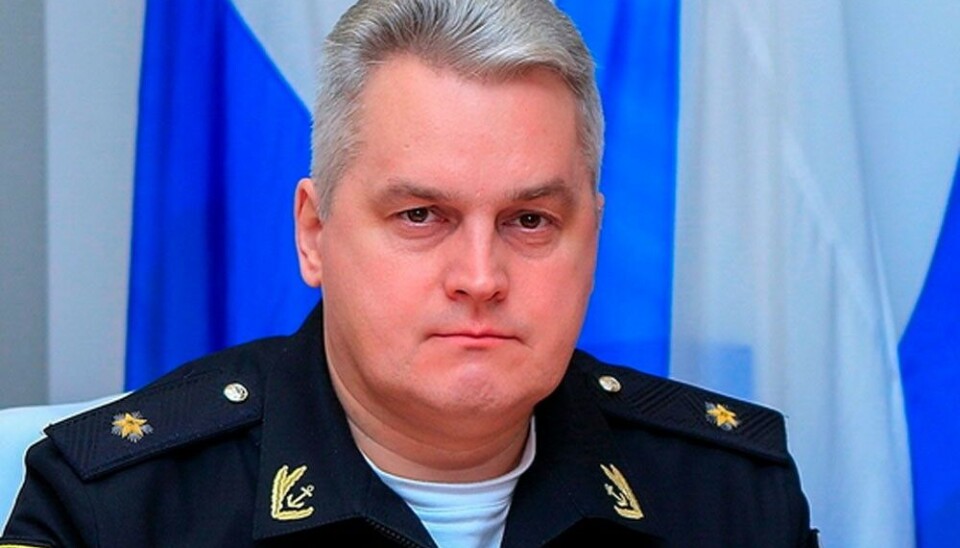
New head commander of Northern Fleet is master of Arctic underwater warfare
Konstantin Kabantsov is likely to take over the top post in Russia's most powerful naval force, the Northern Fleet.
Since his studies at a naval school in Leningrad in the late 1980s, Kabantsev has been connected with submarines and underwater warfare.
According to several sources, among them news agency B-Port, he is now likely to be appointed new Head Commander of the Northern Fleet.
Konstantin Kabantsov comes from the post as First Deputy Commander of the fleet. He will take over the top post from Aleksandr Moiseev, who is due to become Commander-in-Chief of the Russian Navy.
The latter has headed the powerful Northern Fleet since May 2019.
The 55-year old vice-admiral was born in Semipalatinsk, Kazakhstan. Following his graduation at the Lenin Komsomol Higher Navy School for Underwater Navigation in 1990, he enrolled in the Northern Fleet where he served in submarines.
He was chief of a navigation unit and later head of the armament section before he became assistant and chief assistant to the nuclear submarine captain. In 2003, at the age of 35, he was himself appointed captain of an Akula III nuclear submarine and in 2006 moved on to become Deputy Commander of the 24th Submarine Division of the Northern Fleet.
In 2018, he was appointed Commander of the White Sea Navy base and in 2021 - First Deputy Commander of the Northern Fleet.
This is a man that has spent most of his service in the submarine forces and is well known to the Northern Fleet office corps, Admiral Aleksandr Moiseev is reported to have said in 2021.
Konstantin Kabantsov reportedly also has some political experience. According to local social media, he was a candidate for a seat in the town assembly of military town Aleksandrovsk in 2009.
The Northern Fleet is the most powerful of Russia’s five naval fleets. It includes coastal forces such as the 61st Naval Infantry Brigade in Sputnik, aviation, surface vessels and submarines.
The submarine division includes more than 20 vessels, among them two Borei-class strategic subs and two multi-purpose Yasen-class vessels. Several more submarines are under construction and will be handed over the fleet in the coming years.















